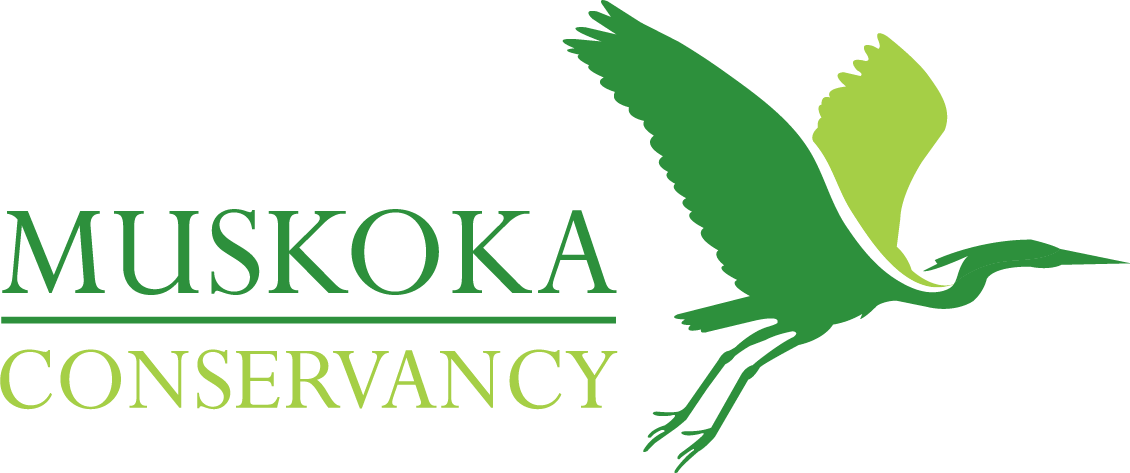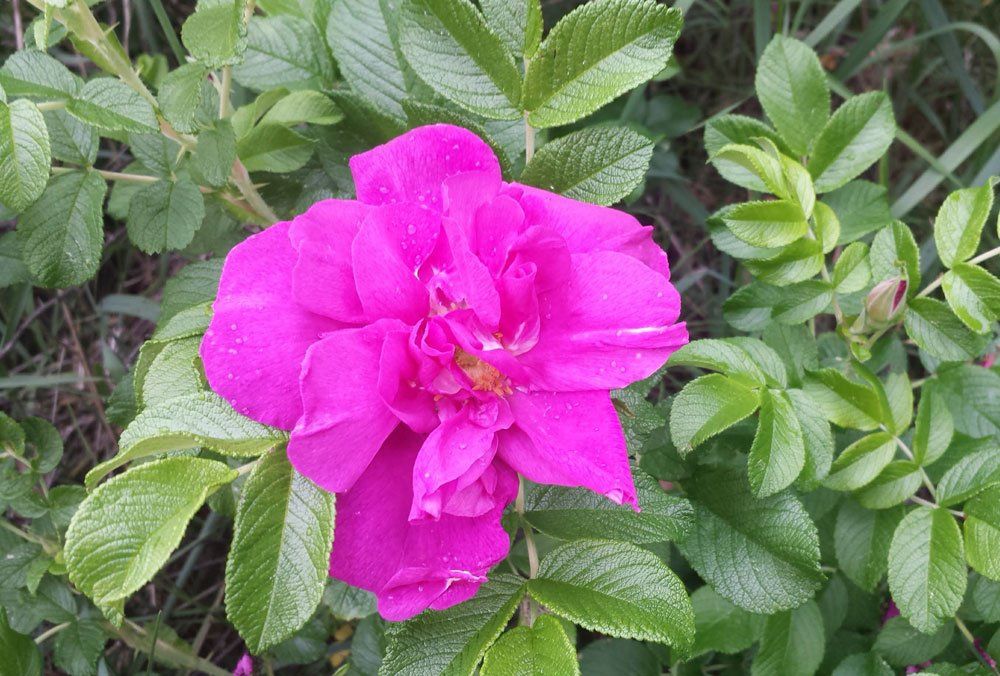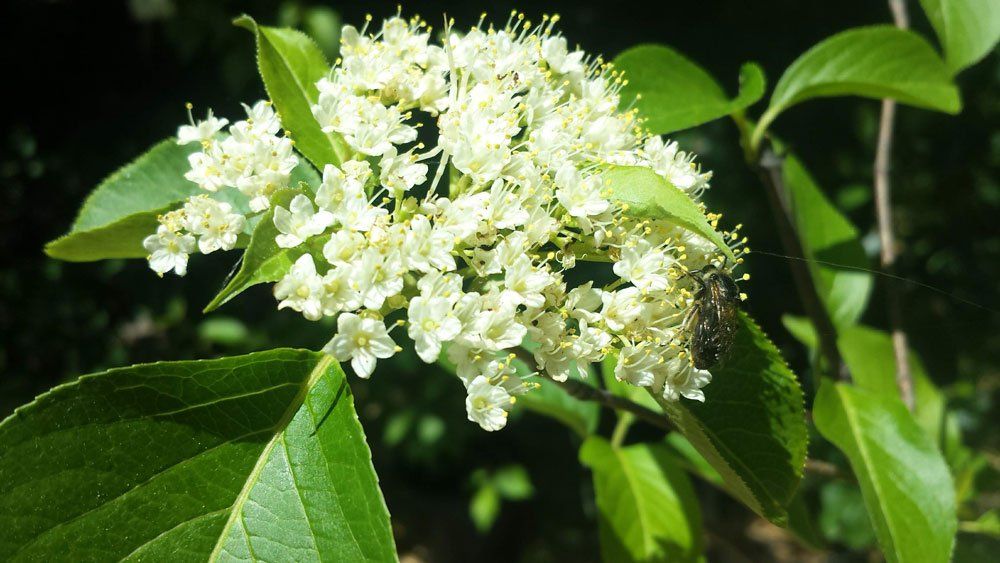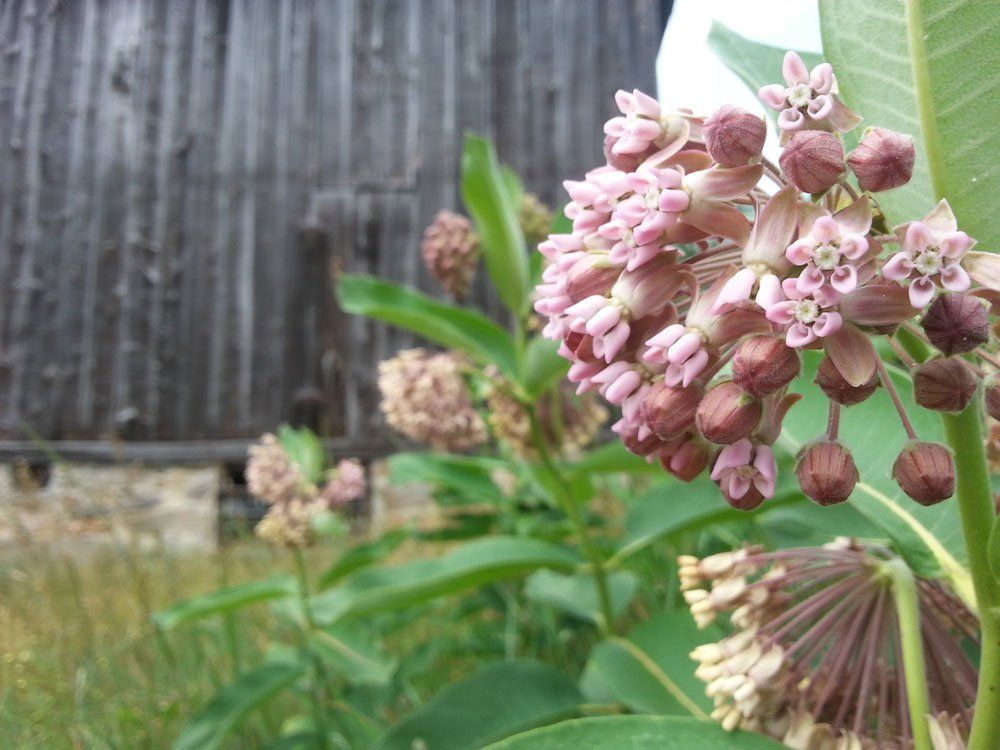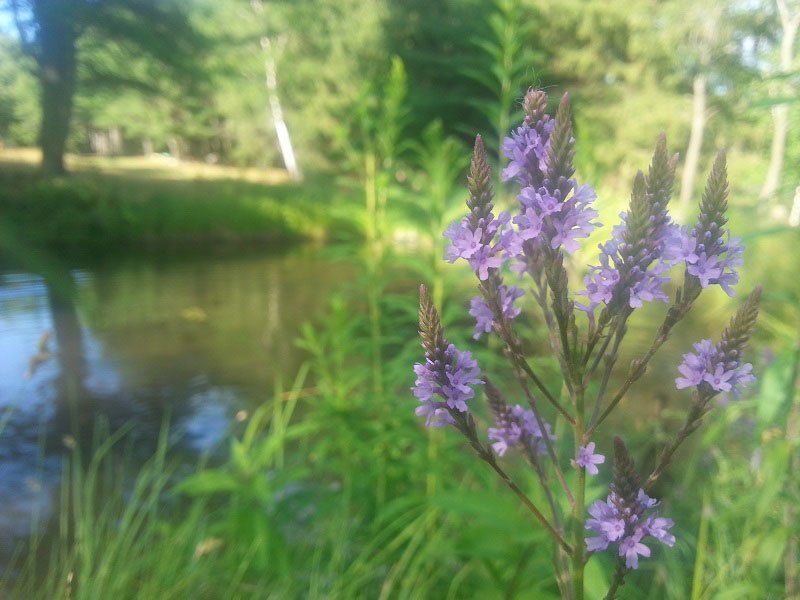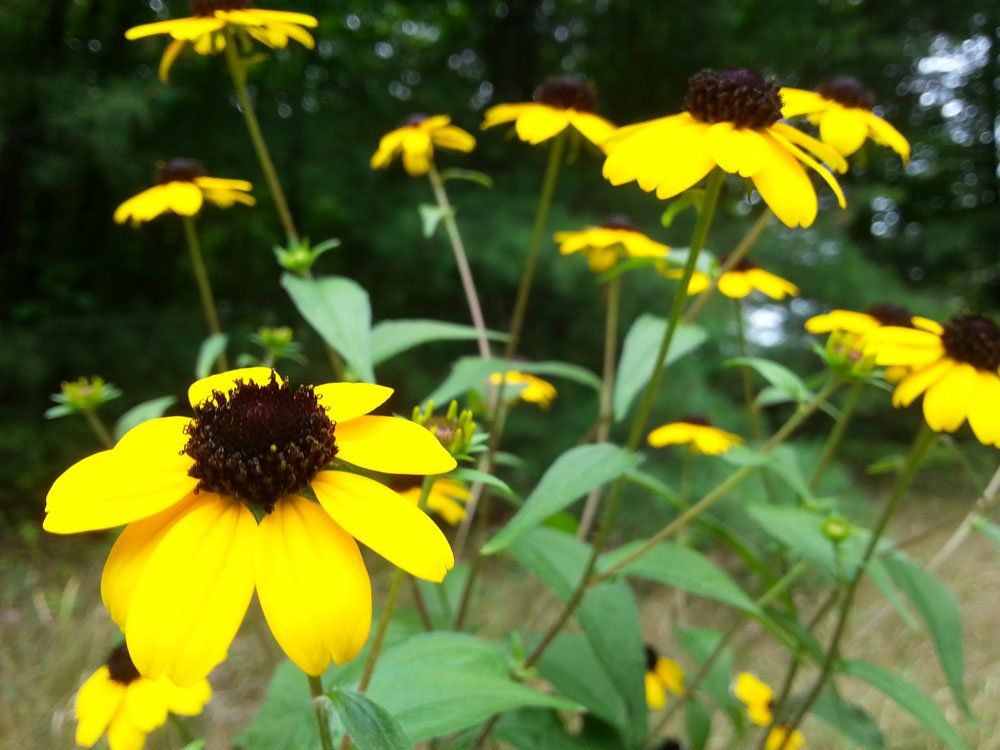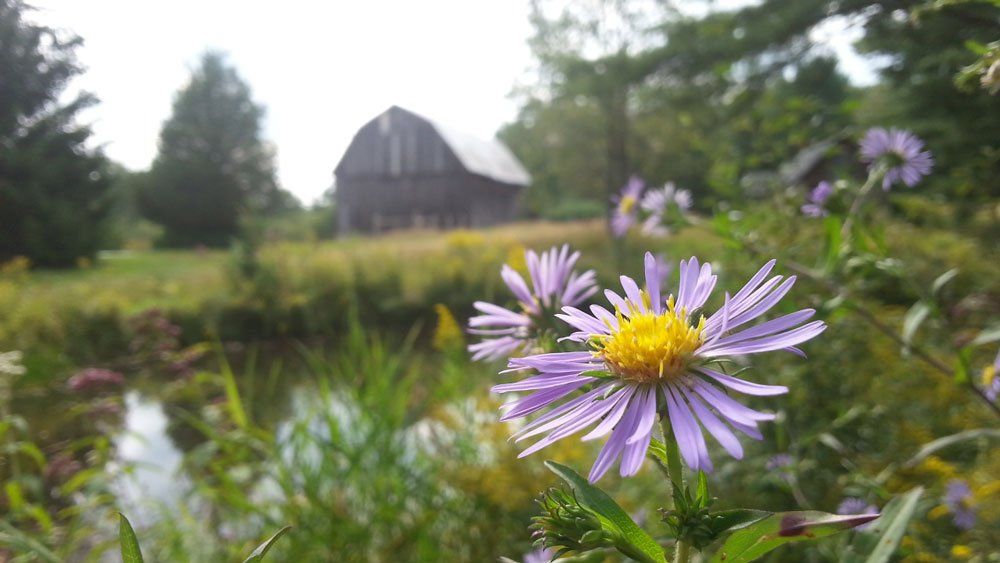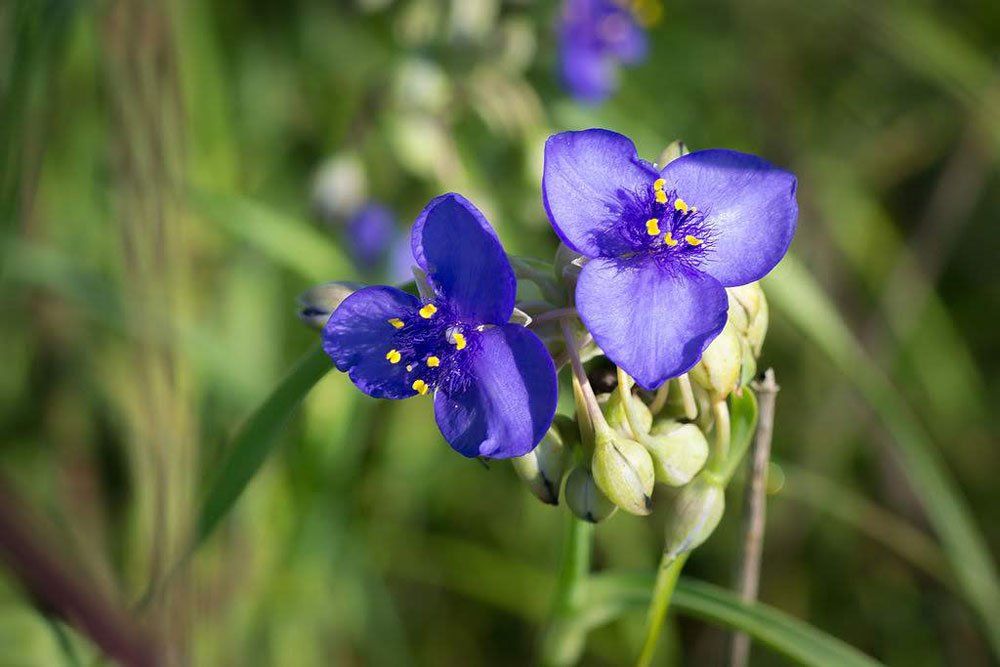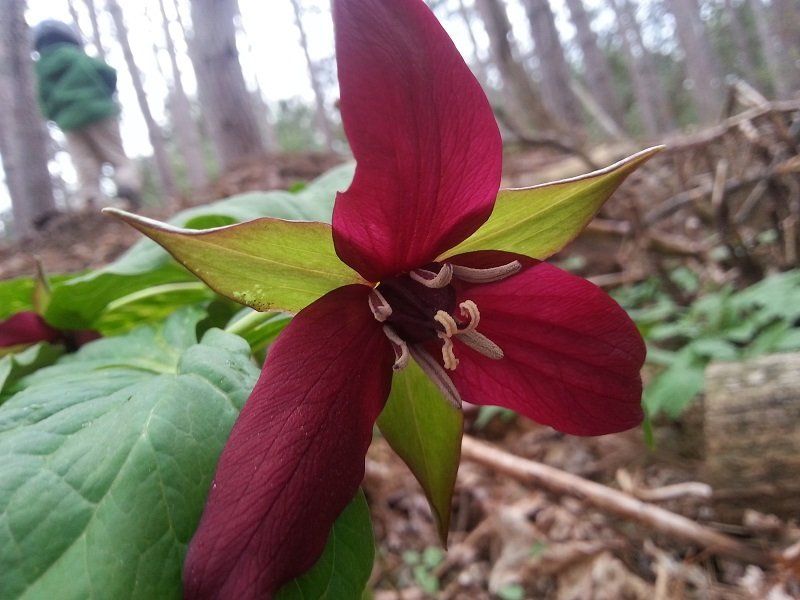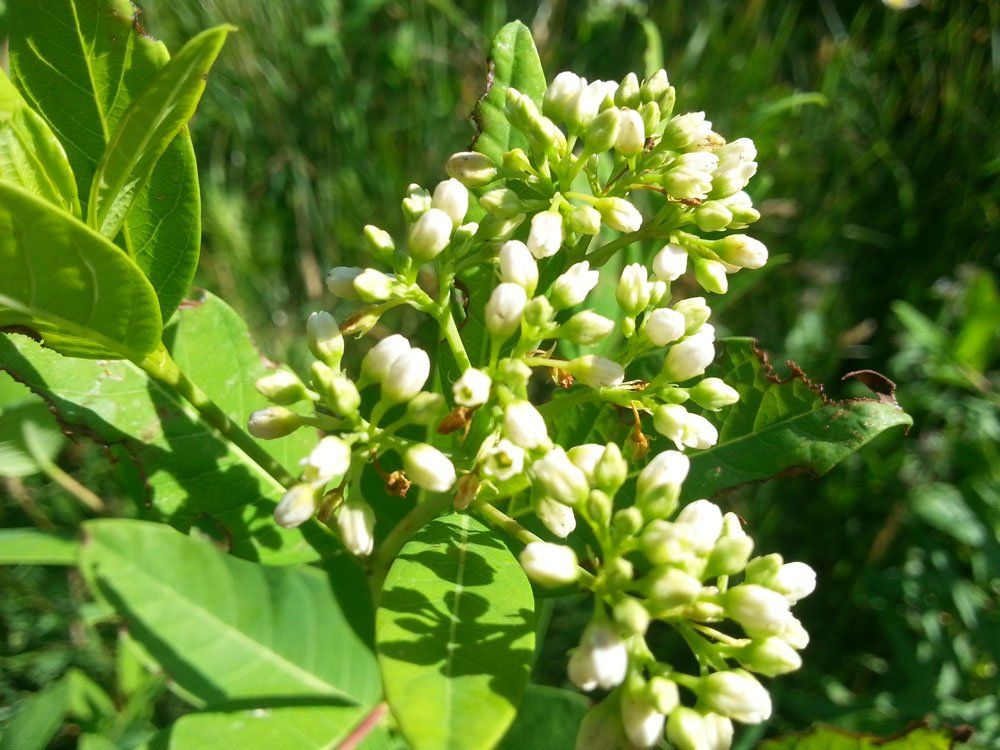Photo By: Richard Lamoureux
NATIVE PLANT PROGRAM
Planting native species can have beneficial effects for the surrounding areas and allows for a large diversity of species to utilize the area. Here are several benefits to planting native species.
- Adapted to environmental growing conditions of Muskoka
- Require less water
- Low maintenance
- Cost-effective
- Provide habitat for local species
What is a Native Plant?
What makes a plant native is often ambiguous and sometimes controversial because there is often more than one answer with the results usually leading to more questions. But for the sake of simplicity we can define native plants as those that have evolved in a certain area over thousands of years, forming symbiotic relationships with surrounding flora and fauna.
Typically, in North America, we tend to classify a plant as being native if it existed naturally in an area prior to European settlement. This is because, as Europeans settled in North America they brought with them exotic species of plants that did not share an evolutionary history with North America’s pre-existing flora and fauna. The exotic, non-native plants that have been introduced to the North American landscape typically don’t function in North American ecosystems.
Plant a Gingko tree and you will most definitely be provided with a beautiful shade tree that thrives in North America. However, because Gingko trees evolved in Southeast Asia, it has few to no ecological relationships with North American flora or fauna. To put it simply, it doesn’t feed or support any North American native species of wildlife. In contrast, a Red Oak that is native to North America and more regionally, Muskoka shares a long-history with it’s surrounding flora and fauna and supports a broad diversity of foraging insects and mammals as a food source. Additionally, Oaks, as a genus in North America support over 500 species of lepidoptera (butterfly and moth) as host plants in the larval stage.
Plants are the foundation of our ecosystems, with native plants being an integral part of creating functional ecosystems that support wildlife.
What can you do?
1. Build naturally
The best way to support Muskoka’s wildlife and rich natural heritage is to preserve as much of its natural landscape as possible. By allowing natural spaces that are rich in native plant diversity to thrive we are supporting our local wildlife by providing food sources and habitat. Clearing less of our shorelines and forests allows ecological systems that have been in place for years to continue to function.
2. Grow Naturally
In addition to letting your outdoor spaces remain natural you can further support Muskoka’s wildlife by adding native plants, shrubs and trees to your gardens and/or shorelines. Native plants can be a beautiful addition to your outdoor space, providing colour and interest to gardens all year long. You may also enjoy more opportunities to watch and interact with Muskoka’s wildlife as they come into your garden. When selected properly, native plants can also require less inputs or ‘maintenance’ in watering or soil amendments.
Check out our Native Plant Sale!
We offer a variety of native plants at our annual native plant sale each May. Some varieties are listed below.
The Corner Garden
Muskoka Conservancy’s office is located at 47 Quebec Street in Bracebridge and just outside our doors is the Corner Garden. The property is a low impact development and native species demonstration.
The garden was planted in 2017, in partnership with Riverstone Environmental and is full of native plant species that are typical to Muskoka. If you’re interested in starting your own native plant garden and looking for some tips, please stop by the property to take a look and be inspired!
